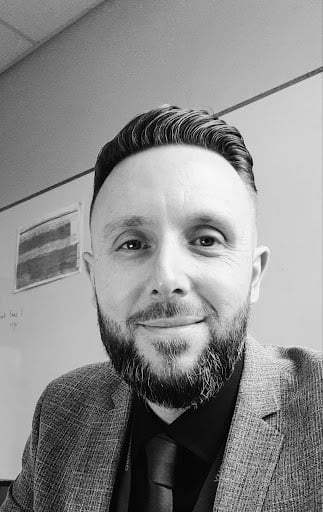Trace Tables (Cambridge (CIE) IGCSE Computer Science) : Revision Note
Trace Tables
What is a trace table?
A trace table is used to test algorithms and programs for logic errors that appear when an algorithm or program executes
Trace tables can be used with flowcharts, pseudocode or program code
A trace table can be used to:
Discover the purpose of an algorithm by showing output data and intermediary steps
Record the state of the algorithm at each step or iteration
Each stage of the algorithm is executed step by step.
Inputs, outputs, variables and processes can be checked for the correct value when the stage is completed
Trace table walkthrough
Below is a flowchart to determine the highest number of ten user-entered numbers
The algorithm prompts the user to enter the first number which automatically becomes the highest number entered
The user is then prompted to enter nine more numbers.
If a new number is higher than an older number then it is replaced
Once all ten numbers are entered, the algorithm outputs which number was the highest
Example test data to be used is: 4, 3, 7, 1, 8, 3, 6, 9, 12, 10

Trace table: Highest number | |||
|---|---|---|---|
Count | Highest | Number | Output |
1 |
|
| Enter ten numbers |
| 4 |
| Enter your first number |
2 |
| 3 | Enter your next number |
3 | 7 | 7 |
|
4 |
| 1 |
|
5 | 8 | 8 |
|
6 |
| 3 |
|
7 |
| 6 |
|
8 | 9 | 9 |
|
9 | 12 | 12 |
|
10 |
| 10 | 12 is your highest number |
Worked Example
The flowchart represents an algorithm. The algorithm will terminate if –1 is entered.

Complete the trace table for the input data: 50, 75, 99, 28, 82, 150, –1, 672, 80
[4]
Value | Diff1 | Diff2 | Output |
|---|---|---|---|
|
|
|
|
|
|
|
|
Answer
[1] for each correct column
Value | Diff1 | Diff2 | Output |
|---|---|---|---|
50 | 50 | 0 | Accept: Extreme |
75 | 25 | 25 | Accept: Normal |
99 | 1 | 49 | Accept: Normal |
28 |
|
| Reject: Abnormal |
82 | 18 | 32 | Accept: Normal |
150 |
|
| Reject: Abnormal |
-1 |
|
|
|

You've read 0 of your 5 free revision notes this week
Sign up now. It’s free!
Did this page help you?

